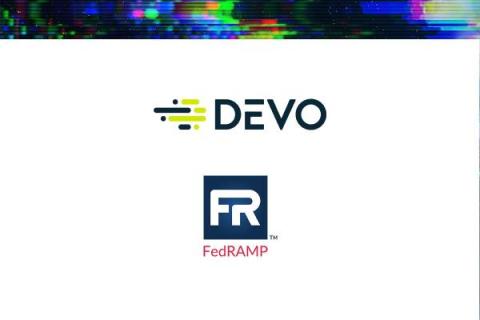Credential Stuffing: How Cybercriminals Exploit Stolen Credentials
Credential stuffing is shaping up to be one of the most predominant hacking methods of 2024. In early June, Ticketmaster fell victim to a data breach via credential stuffing, exposing information from 560 million customers. Credential stuffing attacks involve using stolen usernames and passwords to access accounts. In these attacks, threat actors also often use automation to try different combinations of credentials until they find a successful match.



